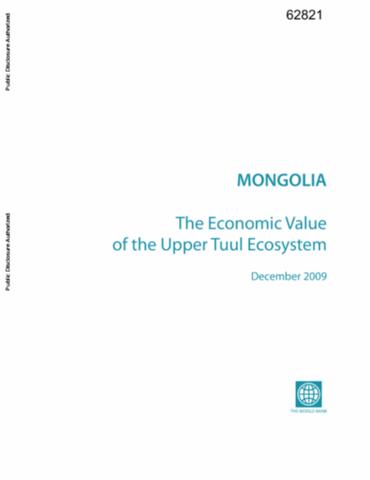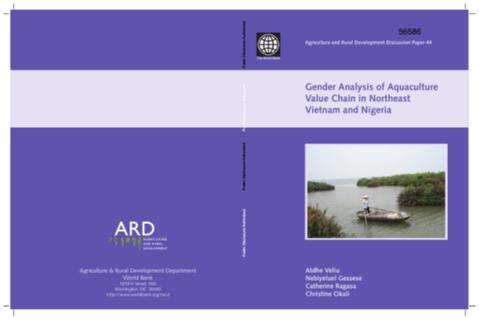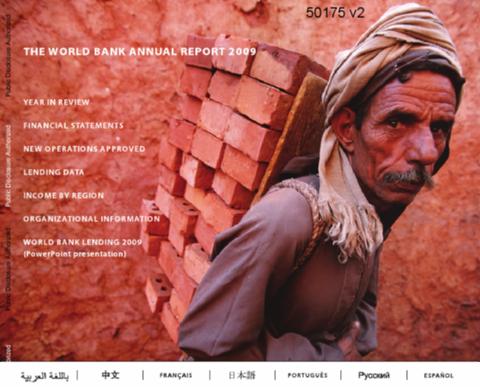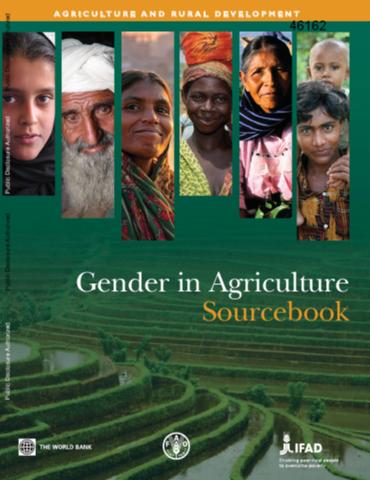Predicted Willingness of Irish Farmers to Adopt GM Technology
In this article, we use a probit model to assess the factors that will influence the decision of Irish farmers to adopt genetically modified (GM) technology should they be given a choice in the near future of selecting between GM and non-GM varieties of crops. The results from the probit model indicate that among the likely early adopters of GM technology in Ireland are farmers with large farm acreage who are specialist crop farmers and who have formal agricultural education together with access to high-quality soils.








